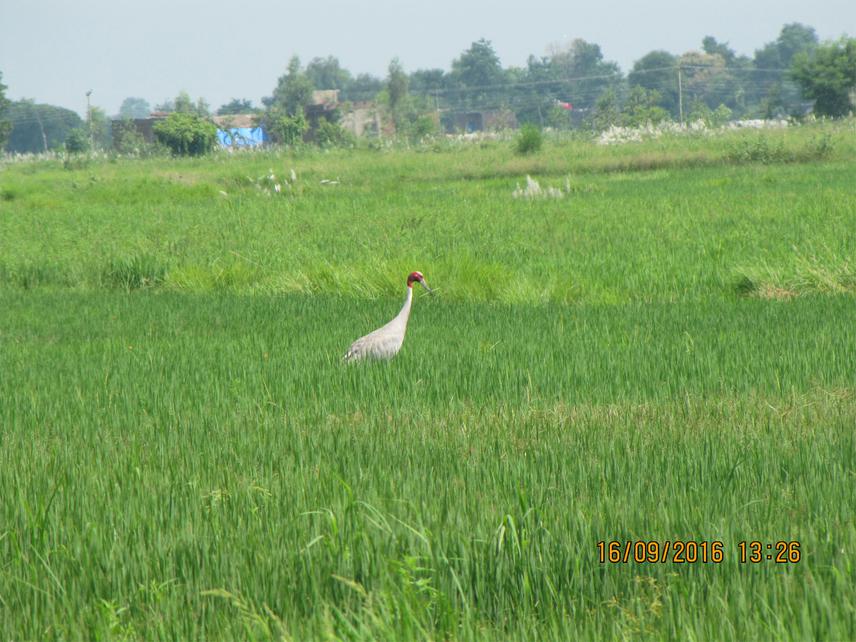Deepa Paudel
Other projects
7 Jun 2010
Study on Impact of Locally Used Pesticide on Farmland Bird Species and Conservation Initiative
5 Jan 2012
Participatory Exploration of Chemical Pesticide Impaction and Boosting Farmers for Farmland Bird Conservation
The project has aimed to assess local knowledge about consequences of agro-chemical use and impacts of pesticide to IBAs.

Lowland, main agricultural site of Nepal, is important habitat of globally threatened birds. Due to regular irrigation facility with crop production, birds prefer these lands and their abundance is found to be comparatively high. Birds suffer tremendously from chemical because chemical degrades habitat quality and food supplies (Birdlife 2004). Yearly, million of birds are directly exposed to pesticides, and many of them are estimated to die immediately. Many legal pesticides have been found harm to birds. Some pesticides which are allowed to use, are known to kill birds even applied as per instructions (US National Fish and Wildlife 2000).
Urbanization and shrinking of agricultural land have made farmers change their usual farming practices into intensive farming to increase production. As other countries, Nepal has also started to popularize use of pesticides to increase production. Banned pesticides are easily available in local market through illegal routes (Manandhar 2004 in IPEP 2006). Pesticide using trend is increasing in Nepal (Jasmin et. al 2008 in Sharma et. al 2012). Volume of imported/formulated pesticide in Nepal has increased about 6 folds during 1997/1998 - 2011/2012 (Dhital 2015). Guidelines on good labelling practice for pesticides is presently revised (2015) to make stakeholder more conscious (FAO / WHO 2015). However Pesticide Act and Regulation have been enforced, several pesticides are haphazardly being used in Nepal because farmers perceive pesticides as miracle to control insects and enhance production. Though current use of pesticides in Nepal has been proclaimed moved away from the most toxicity, several studies showed majority of the farmers are still using chemicals despite being banned by international convention (IPEP 2006). Pesticides are also imprudently used for poaching birds and fishing in addition to agricultural field (IPEP 2006) including proposed sites (Paudel 2010, BCN / DNPWC 2011, Ekantipur 2015, IUCN 2015). Proximity and open international boarder has also raised proliferation of banned pesticides in the areas.
Project will focus locally available pesticides, using patterns, awareness level of farmer/seller and impacts. Stakeholder sensitization program supports to share consequences of chemicals which will be helpful to protect farmland birds, human health and ecology from further deterioration. People will also know "risks vary considerably from one pesticide to another, depending on persistence and using patterns (volumes)". When people know consequences once, they reject harmful pesticides which assure long term contribution to conservation and ensuring existence of IBAs.